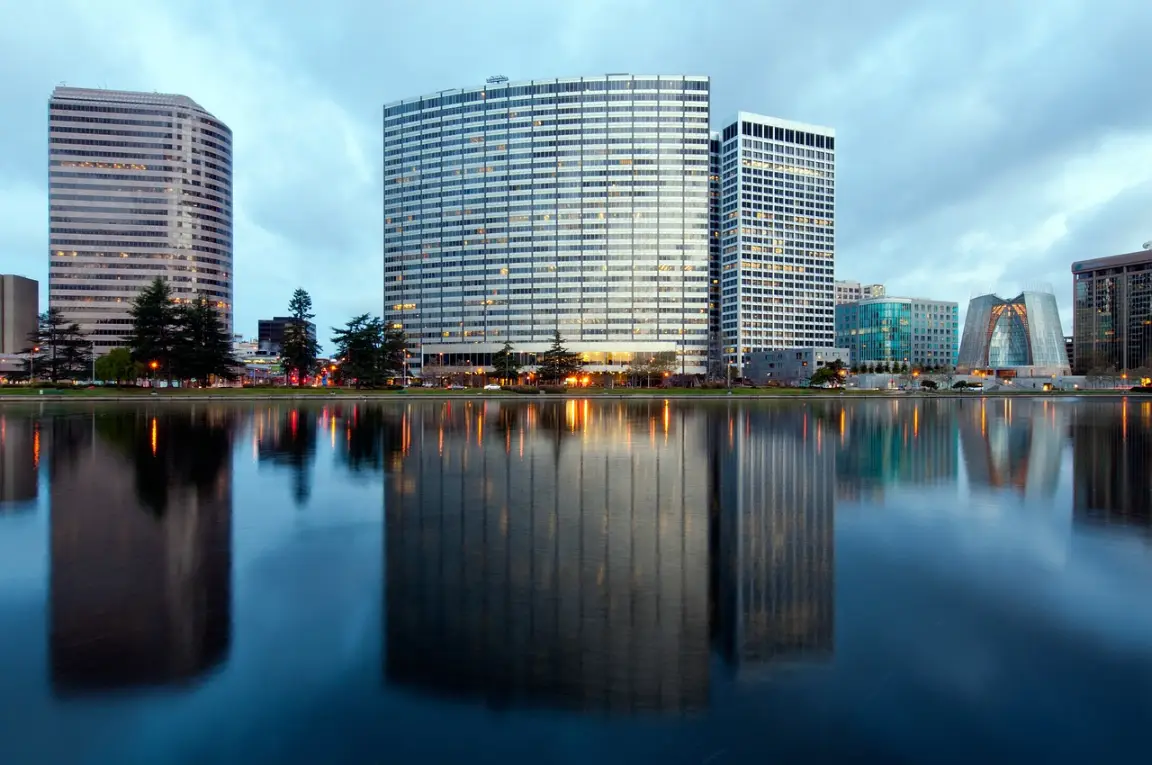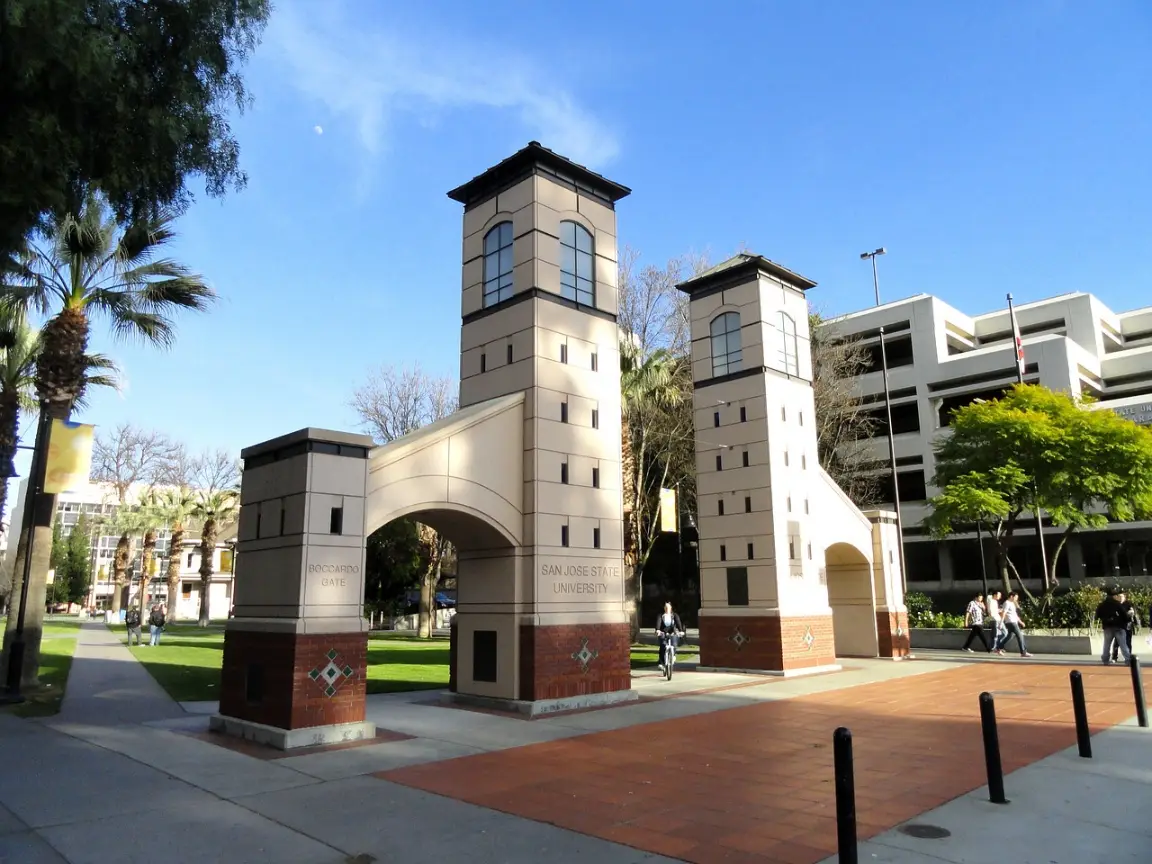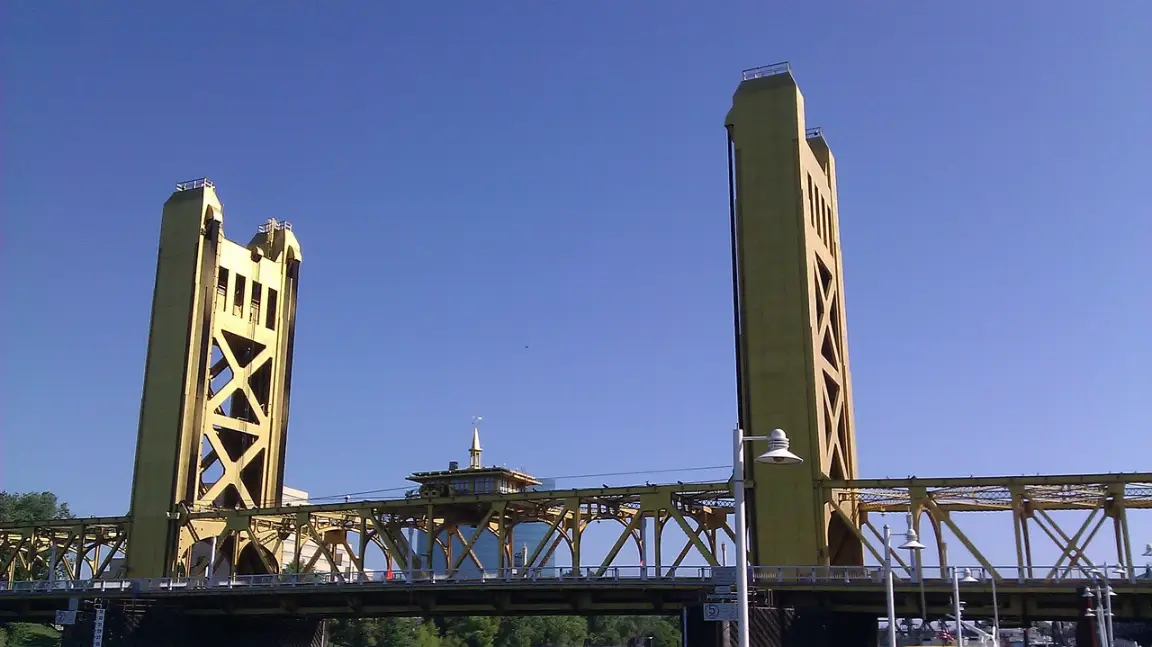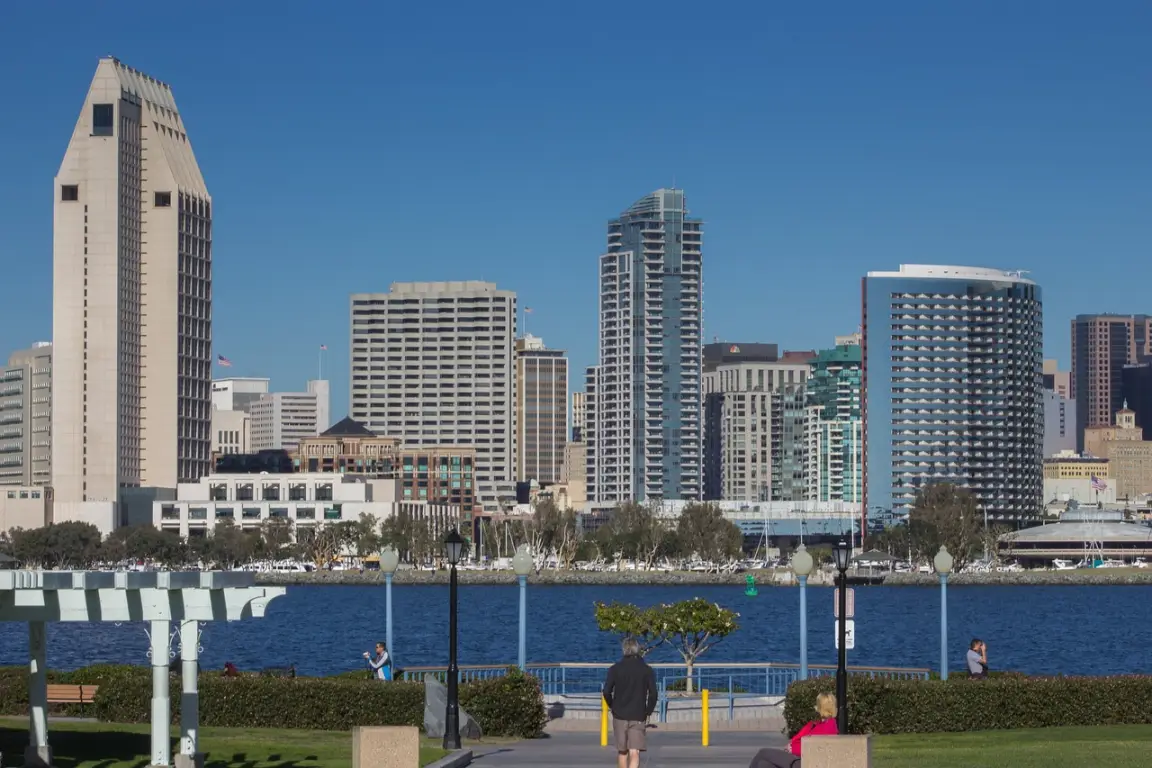San Francisco Tenant Lawyers
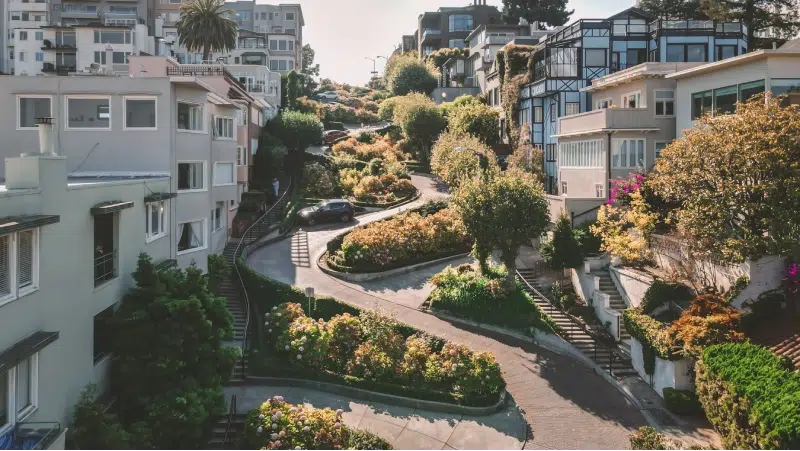
20
Years of Service
$100M
Recovered
99%
Success Rate
1000+
Five-star Reviews
San Francisco’s Rent Stabilization and Arbitration Ordinance limits how much landlords can raise tenants’ rent and protects tenants from unjust evictions. Tenants in San Francisco are either fully protected under both of these provisions or are partially protected under the ordinance.
Full Protection Under The San Francisco Rent Ordinance
Generally, residential buildings that contain two or more units built before 1979 have both rent protection and eviction protection. Also, in-law units built before 1979 are considered second units for purposes of full protection under the law. And, single-family homes where the landlord rents individual rooms, as in the case of a boarding house, have eviction protection and rent control. Under particular circumstances, leases for single-family homes and condominiums are covered under both rent control and eviction control. Single-family homes and condominiums rented before January 1, 1996 are covered under both provisions.
The San Francisco Rent Board sets the allowable rent increase amount to a certain small percentage each year based on the Bay Area Consumer Price Index. Landlords cannot raise a tenant’s rent above this amount and must provide the tenant with a thirty-days’ advance written notice of the rent increase. When a unit becomes vacant, the landlord can increase the rent to market value. This is known as vacancy decontrol.
The eviction protection provision of the San Francisco Rent Ordinance prevents a landlord from evicting a tenant without cause. Master tenants must also have a just-cause reason to evict a subtenant, unless they informed the subtenant in writing at move-in that they reserved the right to evict for no cause. There are only fifteen reasons that a tenant can be evicted in San Francisco. The most common for-fault evictions are non-payment, nuisance, and breach of lease. The most common no-fault evictions are owner move-in (OMI), Ellis act, and capital improvements.
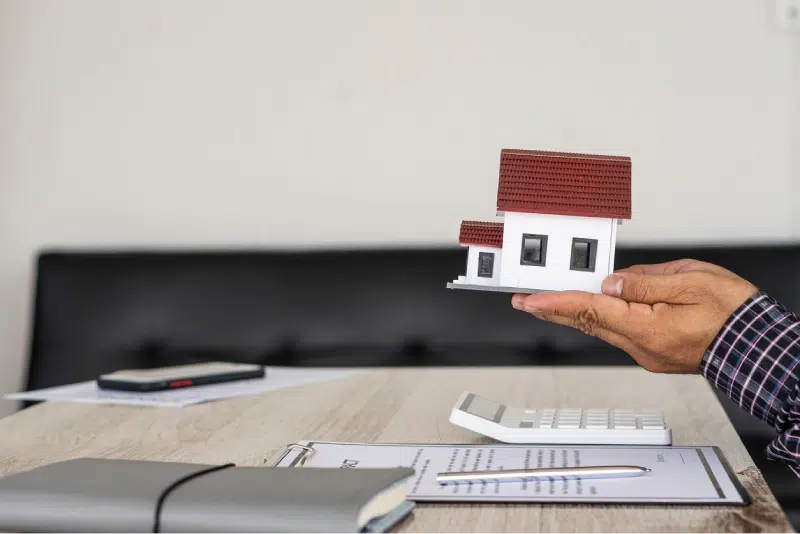
Partial Protection Under The San Francisco Rent Ordinance
Newly constructed buildings (i.e. buildings built after 1979) are no longer exempt from the just-cause for eviction protections under the San Francisco Rent Ordinance.
As of January 22, 2020, most residential units now have eviction protection, including anti-harassment protection, under the Ordinance, regardless of the date of construction of the building or the number of units in the building. Units that previously had a substantial rehabilitation petition approved to exempt the property from the Ordinance also now have just-cause for eviction protections. But, not all of these properties have rent control protections that limit annual rent increases to a certain small percentage set by the Rent Board.
If you live in a building that was built after 1979 or you moved into a single-family home after January 1, 1996, you are not covered under the Ordinance’s rent control protections.
If you live in a building that has eviction protection, the landlord can only evict you if they have a just-cause reason to do so under the law. Also, all eligible tenants that are evicted for a no-fault reason under the Ordinance, such as an owner-move-in eviction or an Ellis Act eviction, are entitled to relocation benefits. And, buyout procedures under the ordinance apply to all units covered under the just-cause provisions.
California’s Largest Tenant Law Firm
Our Mission is to lead the charge in obtaining justice and economic equity for California tenants who have experienced wrongful evictions, harassment, poor housing conditions, and discrimination.

Tenants Served
10,000+

Established
2001

5 Star Reviews
500+

Team of
24+
California Tenant Protection Act
Tenants in San Francisco that do not have full protection under the San Francisco Rent Ordinance may have renter protections under the new state rent control law. Almost all tenants in San Francisco now have eviction control, but not all tenants have rent-ceiling protections under the local ordinance. If you live in a building that was built after 1979 or you moved into a single-family home after January 1, 1996, you are not covered under the ordinance’s rent control protections. If you do not have rent-ceiling protections under the San Francisco Rent Control Ordinance, you may have rent-ceiling protection under the new State of California Tenant Protection Act if your building is fifteen years or older and the unit meets all other requirements under the new state law. Tenants should read our California Tenant Protection Act guide to determine if the rent-control protections under the new state rent control law apply to their tenancy.

San Francisco Renter’s Rights Information
Have questions? Call us today! 415-504-2165 or email us [email protected]. Many factors determine whether a unit is covered under the San Francisco Rent Ordinance, and it is important to have your situation reviewed by the San Francisco Rent Board or a tenant rights attorney.
Other California Rent Control Laws
We’ve created guides to help you understand Rent Control in various cities


